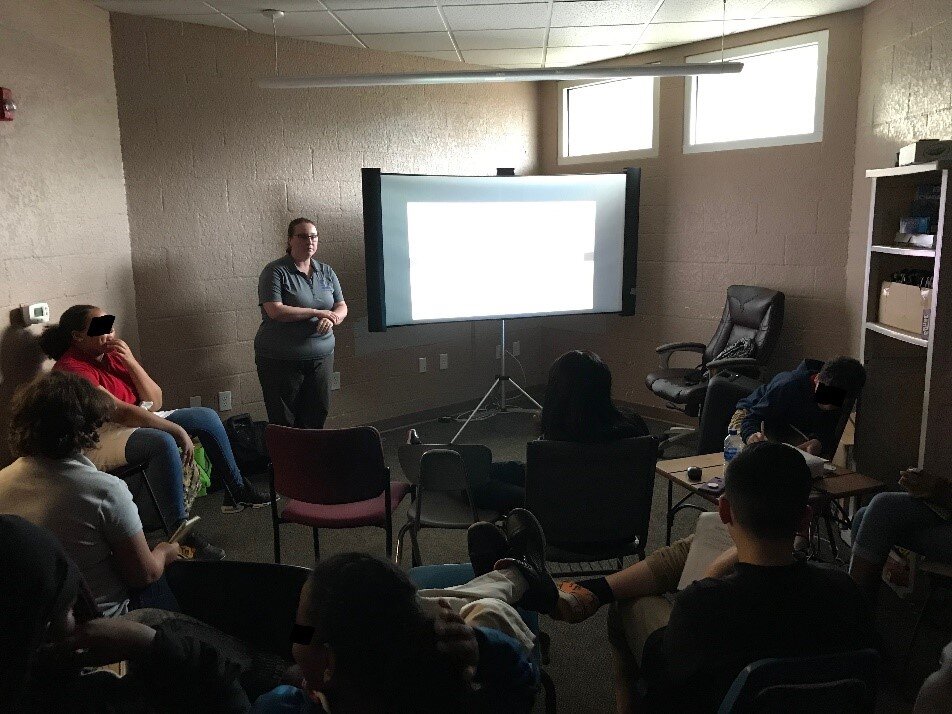Government Alliance on Race and Equity
Through the generous support of the Southeast Sustainability Director’s Network, CEJ and Volusia County had the opportunity to invite Race Forward and the Government Alliance on Race and Equity to provide equity training for local agencies and help local Volusia County and the City of DeLand undertake a systems change approach to the provision of services and land planning.
On January 22, 2020 government employees from Volusia County and the City of DeLand gathered at the Chisholm Center in Spring Hill to explore race, equity, and community resiliency. Through a series of panels, videos, lectures, and group exercises, this event:
Develop a shared understanding of foundational concepts surrounding racial equity
including definitions of key terminologyIncrease skills analyzing policies, practices, and procedures from a racial equity
perspective and communicating about raceDevelop a shared understanding of how to apply racial equity concepts to resilience
and environmental equity, highlight youth leadership, and discuss the benefits of
Green Infrastructure in addressing stormwater pollution and flooding
The workshop was facilitated by Juan Serrano, Race Forward GARE Gulf/Delta Region Manager, Shawna Davie, GARE South and East Regional Project Manager, and Leah Obias, Race Forward’s Director of Policy and Strategy. In addition to County and City employees, the workshop was also attended by Bob Apgar, the Mayor of DeLand and Barbara Girtman. the District 1 Representative on the Volusia County Council.
Council Woman Barbara Girtman
DeLand Mayor Bob Apgar
Margaret Stewart opening the Workshop
Throughout the day, the GARE facilitators led the group in exercises including Operationalizing Racial Equity, Communicating About Race, and Putting Ideas Into Action. The morning started with an introduction by CEJ’s Director, Margaret Stewart who welcomed Mayor Apgar.
Shilretha Dixon and Katrina Locke
Next, Shilretha Dixon, Director of the Spring Hill Resource Center and Katrine Locke, Volusia County Sustainability and Resources Director provided the attendees with an overview of the project and what brought everyone together for this important gathering.
Althea Chavers and Megan Martin
At lunch, everyone was able to hear about the developments at the Spring Hill Boys and Girls Club from its Director, Ms. Althea Chavers and Megan Martin, Volusia County Be Floridian Now and Resilience Outreach Coordinator .
After lunch, CEJ’s Director Stewart, Katrina Locke, and Leah Obias sat for a panel discussion about Race, Resiliency, and Green Infrastructure to discuss the importance of incorporating these lessons into projects like the Community Resiliency Through Green Infrastructure project.
Margaret Stewart discussing the importance of working with and not for the community
Panel Discussion on Race, Resilience, and Green Infrastructure
GARE’s strategies include organizing a membership network of jurisdictions that are working to advance racial equity; expanding pathways for new jurisdictions to begin doing racial equity work via work with individual jurisdictions; and supporting and building local and regional collaborations that are broadly inclusive and focused on achieving racial equity. The GARE team provided and very informative and engaging space to learn and grow.
GARE Team closing the Workshop




























